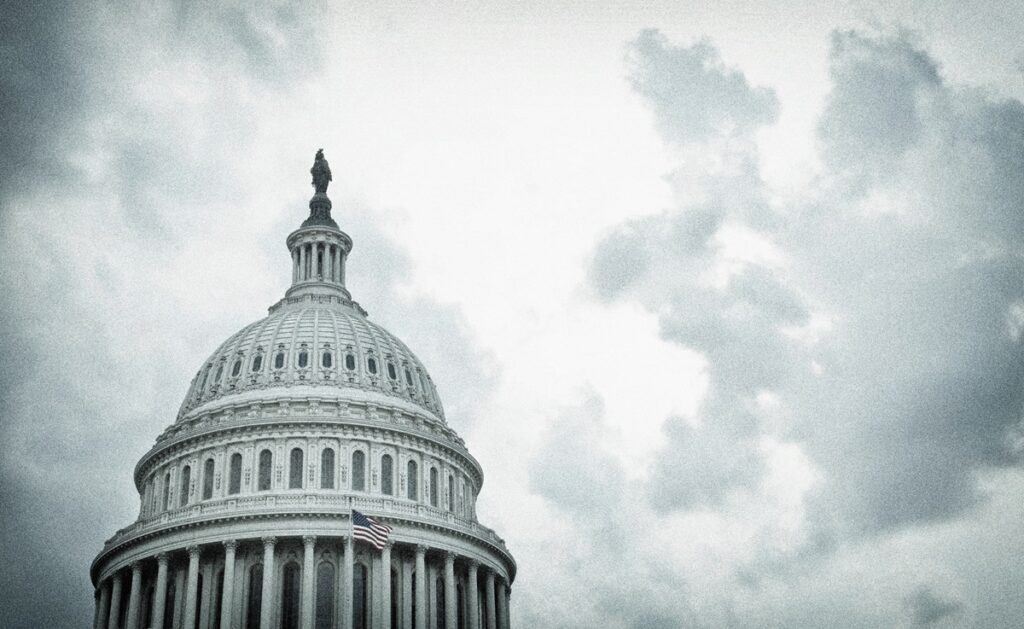On Thursday, the U.S. House Committee on Veterans’ Affairs, Subcommittee on Economic Opportunity held a hearing titled, “Sink or Swim? A Deep Dive Into the Current State of VA’s Home Loan Program in a Competitive Market” at the Cannon House Office Building in Washington, D.C.
Due to the combination of the recent dramatic increase in mortgage interest rates and a decision by the VA to discontinue a program that had allowed homeowners to repay missed payments at the end of their loans, homeowners with VA-guaranteed mortgages have fewer options to stay in their homes and avoid catastrophic losses, compared to other borrowers with federally-backed mortgage loans.
Among those delivering testimony were John E. Bell, Executive Director, Loan Guaranty Service, U.S. Department of Veterans Affairs, on behalf of Veterans Benefits Administration; Edward J. DeMarco, President, Housing Policy Council; Mark Jones, 2024 Chairman of the Mortgage Bankers Association (MBA) and President of Union Home Mortgage; and Steve Sharpe, Staff Attorney, National Consumer Law Center (NCLC).
“Reflecting on the 80th anniversary of the home loan benefit, VA has guaranteed over 28 million loans, totaling over $3.7 trillion, since the program’s inception,” said Bell in his testimony. “This benefit has helped millions of veterans achieve the dream of homeownership and build wealth for themselves and their families.”
The rise in mortgage interest rates has created significant challenges for the Federal Housing Administration (FHA), the U.S. Department of Agriculture, and the government-sponsored enterprises (GSEs), but they all have retained programs to allow borrowers to resume regular payments and pay the arrearage at the end of the mortgage without an increase in their interest rates. In contrast, the VA no longer has such a program.
According to Jones, the VA share of total U.S. loan originations in the mortgage market comprises approximately 10%. VA originations totaled nearly 1.4 million loans in 2020 and, by contrast, just over 590,000 loans in 2022.
“The VA Home Loan Program is a benefit program that Veterans have earned through service and sacrifice and that is meant to give them housing stability,” said Sharpe. “We applaud VA for recognizing the problems that its borrowers are facing and for implementing a foreclosure pause. However, the pause is only meaningful if VA puts options in place that Veterans can access before losing their homes.”
In November 2023, in order to ensure that veterans at-risk can stay in their homes, the VA:
- Called on mortgage servicers to pause foreclosures of VA-guaranteed loans through May 31, 2024. During this pause the VA will be working with servicers on workable home retention solutions for veterans.
- Extending the COVID-19 Refund Modification program through May 31, 2024. This program is aimed at helping U.S. veterans and their families keep their homes by allowing the VA to purchase a portion of the loan, creating a non-interest bearing second mortgage. Simultaneously, the mortgage servicer will modify the loan to make it current and work with veterans to ensure the new payment is affordable. It’s important to note that in a rising interest rate environment, the modified payment amount could increase, and loss mitigation options may vary by servicers.
“It is a bedrock principle of federal housing policy that borrowers who are facing financial hardship should have access to workout options to bring their loans current and avoid foreclosure,” said Sharpe in his written testimony. “Unfortunately, homeowners with VA-guaranteed mortgages facing hardship have severely limited options to retain their homes and avoid foreclosure.”
Sharpe urged the VA to take several key steps to protect veteran borrowers, including:
- VA must immediately release the previously announced VA Servicing Purchase (VASP) program and ensure that the program is easily accessible, accounts for the recent lack of options that have led to growing arrearages, and provides targeted payment relief for VA-guaranteed borrowers.
- Because VASP will not be a one-size-fits-all solution, VA needs to develop further options, including the reestablishment of a partial claim program that allows borrowers to resume their payments without a change in interest rates.
- VA must work with elected officials, Veteran Service Organizations (VSOs), consumer advocates, industry representatives, and other stakeholders so Congress can ensure that funding constraints do not stand in the way of enabling Veterans to save their homes.
- VA must start releasing timely and consistent data on VA-guaranteed loan performance, using FHA’s reporting system as a model.
“The VA must take the steps necessary to provide Veteran borrowers what they deserve–a program that honors their service by providing housing stability even in the face of financial hardships,” Sharpe added.
Click here for more information and testimony delivered during the House Committee on Veterans’ Affairs, Subcommittee on Economic Opportunity hearing titled, “Sink or Swim? A Deep Dive Into the Current State of VA’s Home Loan Program in a Competitive Market.”





